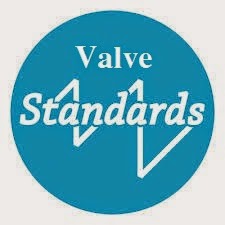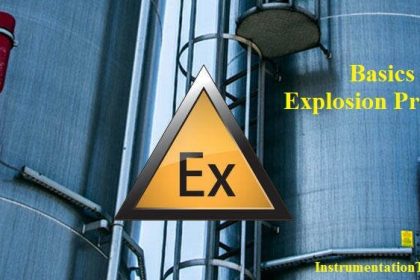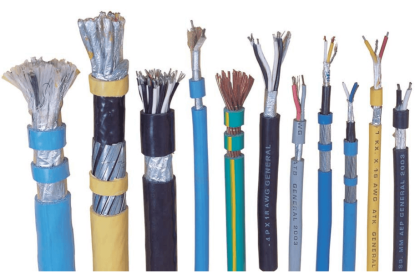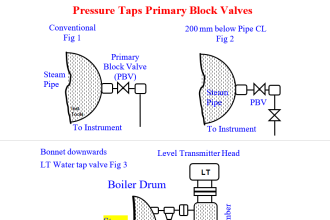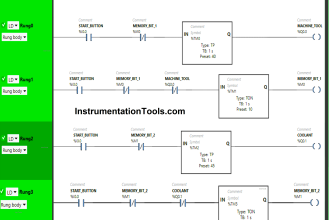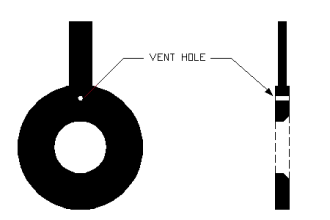Learn the simple explanation of what technical standards are, their types, importance, and benefits in different sectors of engineering.
Contents:
- What are standards?
- Why standards are important?
- What benefits of standards?
- Types of standards?
- Conclusion.
What are Standards?
Many definitions are used to describe what standards are, but simply put; a standard is a document that contains guidelines and recommendations prepared by a group of people with high expertise in a certain topic to show how a certain thing is made or done.
The aim of standards is to achieve the highest quality of doing something. So whether this something is to produce a product, provide a service, or operate a process, a standard will be there to set the guidelines, recommendations, and rules for achieving such a task.
For example, the ISO 50001 – Energy management is a standard used for helping organizations manage their energy performance.
Once a standard is developed, approved, and employed by concerned organizations and related people. It becomes the agreed-upon way of doing something.

Why Technical Standards are Important?
Before listing the many advantages of why using standards are important, consider the following two examples of cases where standards were not used.
- The Great Baltimore Fire of 1904, burned for more than a day and destroyed 1,500 buildings. The fire spread quickly and overwhelmed the city’s ability to fight it alone. Fire companies from New York, Philadelphia, and Wilmington rushed in to help. They had more than enough water and people to fight the fire, but there was a problem: Most of their fire hoses wouldn’t fit the hydrants, prolonging the fire to 30 hours and damaging an area the size of 70 blocks in the city’s business district. An investigation of the incident found that more than 600 variations in firehose fittings were used across the U.S
- Up until 1927, traffic lights meant different instructions in different cities in the US. In some cities, green meant for cars to go and red to stop, and in other cities, it was the opposite, so when drivers came from different cities, there were a lot of traffic accidents.
- Before track gauge standardization, moving products between regions had to be unloaded and transferred to new trains because the distance between the rails no longer corresponded to the wheels of the train. This caused more time waste and added shipping costs.
The previous two points and many similar cases happened due to a lack of guiding standards that can ensure the safety of people and facilities, which led to the need for unified rules and guidelines for obtaining and performing a task.
Benefits of Standards
Some of the benefits of standards are mentioned below.
- Compatibility between different products and components.
Imagine buying an electric device and then finding out that the socket of this device is not compatible with the power outlet, or that your power source is different from the device’s specs.
Standards ensure compatibility between related products.
- Fair competition between manufacturers
A standard provides detailed information that saves manufacturers enormous amounts of time and money when developing products.
- Ensuring quality and safety of products.
Standards provide details of requirements, specifications, guidelines, and characteristics that products, services, and processes should consistently meet in order to ensure they are fit for the purpose they’re intended for. Without posing any risks to users and customers.
- Streamline operations, speed up work, and reduce errors
As standards are basically a sum of all previous and useful expertise of how to do something, this makes following standards the shortest way to achieve the required product quality with minimum cost, losses, and highest efficiency.
- Remove international trade barriers.
As standards are globally adopted by many manufacturers and applied in many markets, they are also a crucial element of promoting international trade, as now manufacturers who comply with international standards will have easier time advertising and promoting their products worldwide without any concerns regarding
Wither their product will be accepted globally or not.
Other benefits of standards are:
- Ensure that products will work as intended and with sufficient quality.
- Make it easier to understand and compare competing products.
- Provide a common language to measure and evaluate the performance of products and services.
- Make interoperability of components made by different companies possible.
- Protect consumers by ensuring safety, durability, and market equity.
Types of Standards
Generally speaking, standards can be classified into 4 distinct types
Product Standards
These are the standards guiding how a product should be made to ensure customer satisfaction through better quality and safe-to-use products.
These standards also ensure compatibility between different related products.
Examples are IEC 60502 for specification for power cables with extruded insulation with a voltage rating of 1kV to 30kV. This standard also covers their accessories.
Service Standards
These standards ensure the presence of minimum quality associated with a certain service; they also set the rights and obligations of both the service provider and the service user. For example, the standards for handling customers’ complaints.
Process Standards
Process standards refer to the guidelines, requirements, and rules which should be followed by the production process to ensure the quality of products and the safety of workers.
For example, OSHA’s 1910 for Exit Routes, Emergency Action Plans, and Fire Prevention Plans.
Management Standards
These standards help organizations to manage their activities. Such as the standards for describing the best way to carry out a specific task such as project management or outsourcing.
For example, ISO 41001 which provides a framework to develop, implement and maintain effective facilities management across different sectors worldwide.
Conclusion
- Standards are the guidelines of how to do something, whether this something is making a product, providing a service, or running a process.
- Standards ensure the quality and safety of products and services and also the compatibility between different related products.
- If you are a product manufacturer or a service provider, it is a best practice to comply with suitable standards to make sure your products/services are meeting globally required specs.
- If you’re a customer it is a best practice to only use products/services that comply with standards to ensure your safety and the quality of the product.
